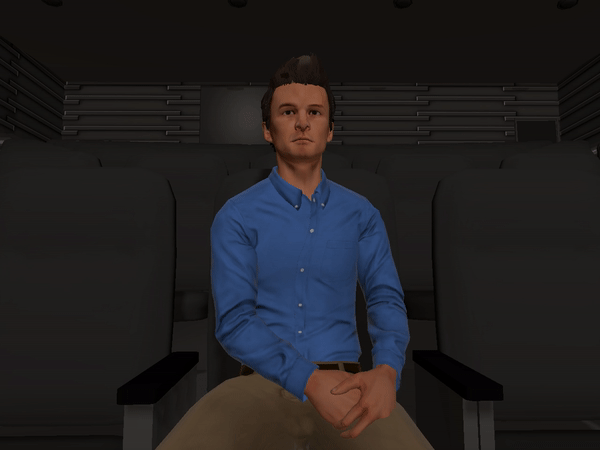Reflexive behavior architecture

The reflexive architecture presented in Bernardet, U., Chollet, M., DiPaola, S., & Scherer, S. (2016) is used for the control of the nonverbal behaviour of a virtual humans. Examples of such reflexive behaviour are orientation and startle responses to sounds in the environment or posture shift based on effort, respectively. The architecture makes the fundamental distinction between reflexive behaviour that has external and internal triggers. The development of the reflexive architecture is motivated by the argument that the efficacy of synthetic humans as stand-ins for biological humans e.g. in training and therapy hinges on the social co-presence of the agent. Part and parcel of this is that the agent displays a realistic level of "sensory-behavioural contingency", that is achieved by equipping the character with the ability to respond rapidly and plausibly to events that happen in the environment. This environment can be the virtual space shared with the user (virtual humans), or events in the real world (humanoid robots).
